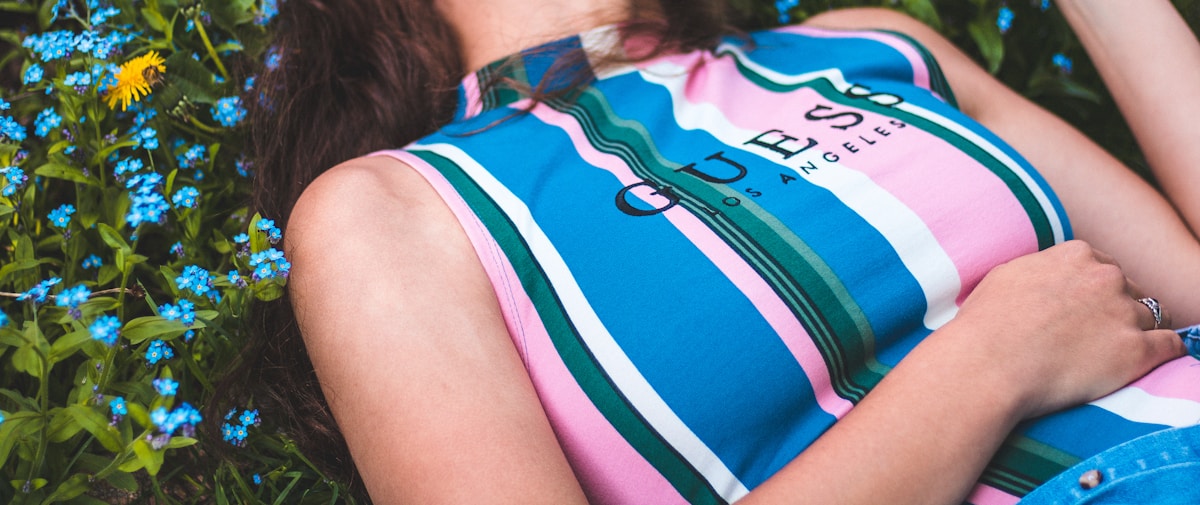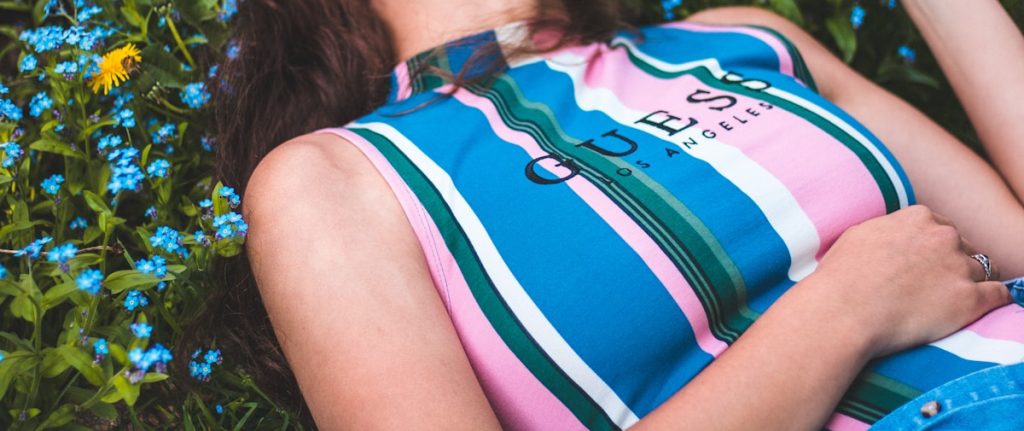When Pixels Meet Runway: Guess AI‑Generated Models in Vogue
By FinTech Fashion Analyst • August 7, 2025
What Happened?
In the March 2025 issue of Vogue, the iconic denim label Guess debuted a full‑page editorial starring a cast of entirely synthetic models. The visuals were created using a proprietary generative‑adversarial network (GAN) called GuessVision‑3, a collaboration between Guess’s in‑house data lab and the AI studio Artifex Labs. The result was a runway‑ready tableau that blended the brand’s classic aesthetic with hyper‑realistic, gender‑fluid figures that have never existed in the physical world.
Why Guess Turned to AI
Several strategic motives converged on the decision to replace human talent with digital avatars:
- Speed to market: Generating a new look‑book can take weeks of casting, fitting, and post‑production. AI can produce a polished image in under 48 hours.
- Cost efficiency: While the upfront R&D for GuessVision‑3 ran into the low‑seven figures, the per‑image cost is now measured in cents, eliminating fees for agencies, travel, and location rentals.
- Diversity on demand: The model pool can be instantly tweaked for height, body shape, ethnicity, and even futuristic accessories, allowing Guess to showcase a broader spectrum of beauty without the logistical constraints of traditional casting.
- Brand narrative: By positioning itself at the intersection of fashion and technology, Guess reinforces its “future‑forward” identity, appealing to Gen Z and Gen‑Alpha shoppers who value digital experiences.
How the Technology Works
GuessVision‑3 builds on three core components:
- Training dataset: Over 2 million high‑resolution runway and street‑style images were curated, annotated for pose, lighting, and garment segmentation.
- Conditional GAN architecture: Designers input textual prompts (“90s denim jacket, neon accents, and a confident stride”) and the model generates a corresponding figure that respects the brand’s style guidelines.
- Post‑generation refinement: A diffusion‑based upscaler and a physics‑engine simulation add realistic fabric drape, skin texture, and subtle motion blur, yielding images that pass the “human‑eye test.”
The pipeline integrates directly with Guess’s product‑information management system, allowing the AI to automatically retrieve the latest SKU data and map it onto the virtual models.
Industry Reaction
The fashion press is divided. Vogue’s editor‑in‑chief praised the spread as “a bold glimpse into the next chapter of visual storytelling,” while traditional modeling agencies warned of “unfair competition and the erosion of human craftsmanship.” Meanwhile, tech‑focused outlets highlighted the ethical considerations of deep‑fake‑style imagery, urging transparency about the synthetic nature of the models.
Ethical and Legal Implications
Guess has taken a proactive stance:
- All AI‑generated content is watermarked with a discreet “AI‑Created” badge in the image metadata.
- The company has filed a provisional patent covering the unique styling algorithms that blend garment physics with generative imagery.
- Guessed’s legal team has drafted a “Synthetic Model Disclosure” clause for future advertising contracts, ensuring that partners are aware of the non‑human nature of the visuals.
Regulators in the EU and US are still formulating guidelines for AI‑assisted advertising, but Guess’s approach may become a template for compliance.
What This Means for the Future of Fashion
If the experiment proves successful—measured by engagement metrics, sales lift, and brand sentiment—other labels are likely to follow suit. The scalability of AI models could democratize high‑fashion aesthetics, allowing smaller brands to produce runway‑level visuals without the traditional budget. At the same time, the shift raises questions about the role of human models, the authenticity of consumer connections, and the preservation of artistic craftsmanship in an increasingly algorithmic world.



